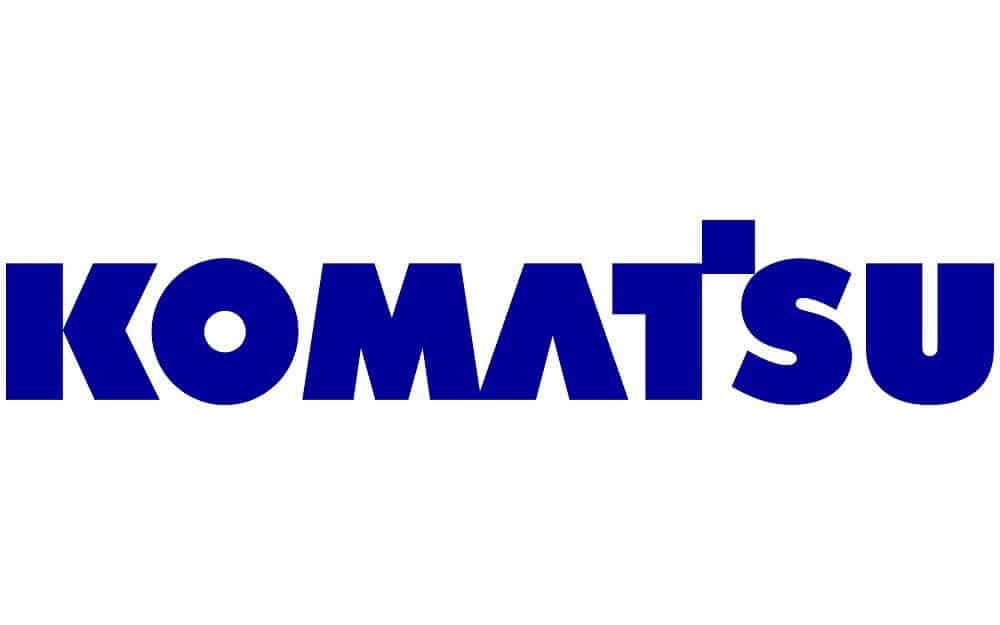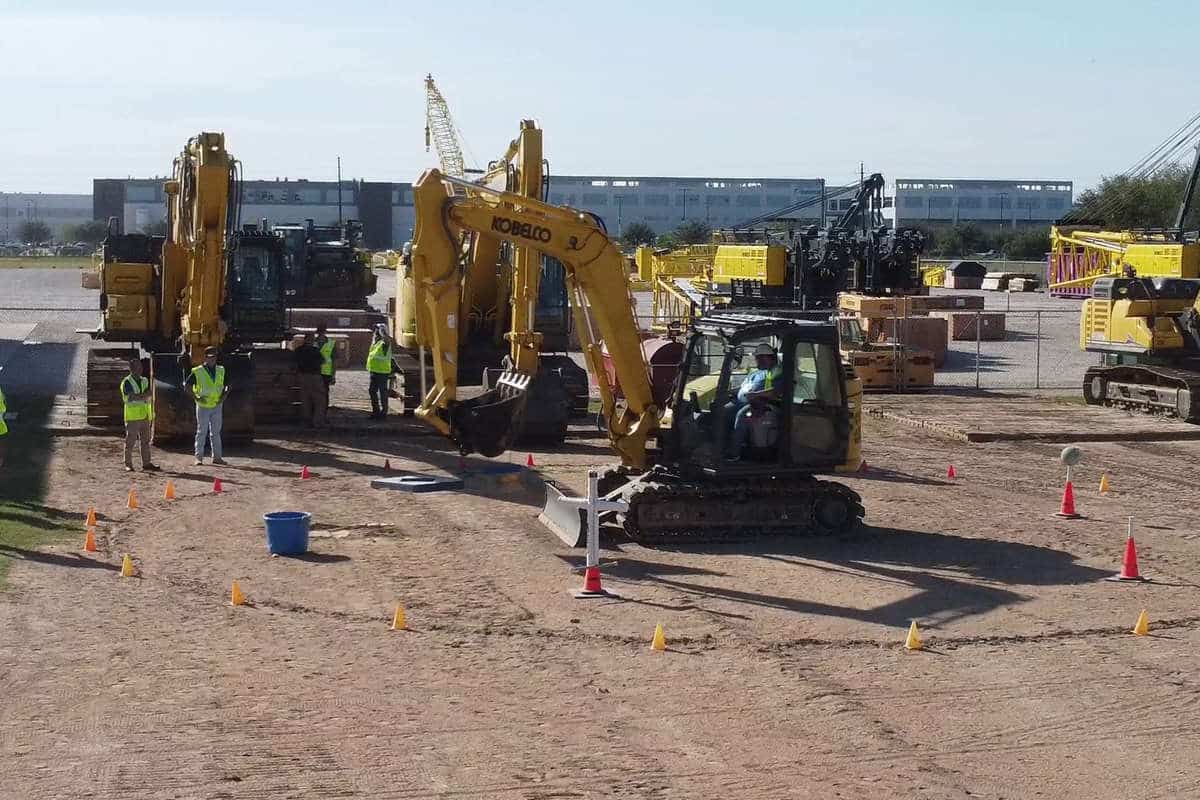Ace in the Hole: CIPP point repair protects city’s sewer maintenance schedule

They will be slipped together through the manhole into place at the point of failure in the sewer line 12 ft below.
During routine cleaning and inspection in June 2018, a City of Newark, Ohio, maintenance crew discovered dislodged bricks in a 30-in. combination storm and wastewater sewer line. A void was forming about 8 ft from the manhole located at the intersection of Granville Street and Pearl. Fallen bricks and debris were beginning to obstruct flow in the line.
The line’s premature failure at this location required urgent attention. Allowing it to erode the surrounding ground might cause the road 15 ft above it to collapse. The pipe could be repaired by removing the pavement and excavating down to it. However, the costly funding and resources required for an open-cut repair would be lost to a scheduled replacement of the entire line within the next couple years. Repair by excavation also meant subjecting the congregation of a church, clients of a behavioral healthcare center, and Granville Street’s residents and motorists to detours and lengthy construction activities twice within a relatively short time frame.
In cases such as these, the City of Newark’s sewer maintenance department choses cured-in-place pipe (CIPP) point repair, a non-invasive solution that does not require digging nor, in this case, detouring traffic. The method is ideal for cases in which premature pipe failure is an isolated spot in a line that has not yet reached the end of its useful life.
Quality CIPP point repairs offered by leading manufacturers and performed according to the manufacturer’s instructions bond with the existing pipe to create a new, structurally sound pipe in that location. It’s a quick, cost-efficient, permanent solution warrantied to last a minimum of 50 years. In most cases, such as this one, that’s far more time than the expected life of the existing line.
Drew Forgrave, Assistant Superintendent of Wastewater Collection and Water Distribution, said for over 10 years the city has been routinely doing its cured-in-place (CIPP) point repairs in-house. It’s just one of the many solutions at the disposal of its multidiscipline, five-person maintenance team caring for Newark’s 238 miles of sanitary and combined sewers, 24 lift stations and over 5,000 manholes.
Most of the point repairs the Newark crew conducts are for storm and wastewater pipes 8 and 10 in. in diameter. Due to the size of this repair and its depth below the surface, the city preferred to partner on the project with the manufacturer of its point repair kits, HammerHead Trenchless, a NUCA Sustaining National Partner.
HammerHead Trenchless is an industry-leading provider of precision-manufactured equipment, materials, supplies, training and support to customers worldwide. Specializing in a wide array of solutions for trenchless pipe installation, repair and renovation, the company opened its HammerHead University in the fall of 2018. The training institution offers year-round certification and continuing education credits in courses such as point repair, each conducted by application specialists in the safety and comfort of its climate-controlled facilities at its headquarters in Lake Mills, Wisconsin.
The city’s HammerHead contact, Matt Dumas, took the project requirements to the company’s engineering team to design the city’s best solution. Initially the scope of work specified installing two, overlapping 36-by-48-in. repair solutions in the 30-in. brick pipe main about 8 ft from the manhole. Access for making the repair would be the standard manhole opening in the street 12 ft above the main. Three members of the city crew were joined by Dumas and HammerHead specialists Jeff Urbanski and Aidan Kelly. The two-way street was kept open to traffic in both directions, using normal traffic control measures, cones and signage to direct traffic around the crews and open manhole in the street.

HammerHead CIPP point repair kit comes with everything needed for the repair – the resin, the felt, the pillow packer – even the plastic sheeting for wet out. Traffic flow around the crew is maintained on both sides of the street throughout the repair.
The first 36-in. repair seemed at first to have gone smoothly. After it had cured, however, and the packing pillow was removed, the team discovered a 6- to 8-in. gap at the 1 o’clock position in the repair’s circumference. A city technician who remeasured the line at its widest point discovered it to measure 42 in., not 30 in. as originally reported.
Since HammerHead point repairs meet both the AASHTO H-20 and AREMA E80 load rating structural specifications for highway and railroad applications, the team simply adjusted its plan. When two 48-by-48-in. kits arrived on site, they continued performing the repair.
Overlapping the repair kits and limiting inflation to 7 psi, the team overcame all of the challenges of the project – the void created by missing bricks; the out-of-round, misshapen pipe; and the much greater diameter at its widest point. The scope of work was performed without further issue and without the week-long disruption to the street’s residents associated with an open-cutrepair.

The CIPP point repair has minimal impact on the street’s residents and motorists, including the congregation of this church and its adjoining K-8th grade school. The photo of its front entrance was taken from near the manhole being used to access the pipe.
Inspection by city crews immediately upon completion of the repair and in routine inspections since then show the repair to have effectively remediated the problem.
From a financial standpoint, Forgrave said the HammerHead point repair kits CIPP offered the city its “best-case scenario” for this project, saving time, money and disruption to the street’s residents and traffic flow. Although, Forgrave said, no city wants to have an occasion to use the large-diameter point repair kits, he would “definitely go with CIPP again rather than dig it up” if a similar situation calls for it in the future.
Forgrave also noted how well his crews and the manufacturers’ application specialists worked together. HammerHead in turn, Dumas said, appreciated working with project owners who already embrace the technique in their maintenance repertoire. “Some municipalities and contractors are resistant yet, because it’s not the way they’ve always done repairs. It’s only human nature to want to do things the way you’ve always done them.”
Yet having a crew that is expert in both traditional and cutting-edge techniques like CIPP point repair gives Newark a range of solutions to select from. It’s not only good stewardship of resources that Newark’s citizens entrust them with but saves the patrons of Granville Street from street-construction déjà vu.
Source: HammerHead Trenchless
RELATED: NUCA Showcases Trenchless Technology On National Mall Tags: September/October 2019 Print Issue





